North-eastern Hill Region of India contiguous with Montane Mainland of South-east Asia covering parts of Cambodia, China, Laos, Myanmar, Thailand and Vietnam is a region distinguished globally for a huge biological and cultural diversity and ecosystem services on one hand and marginality in terms of conventional socio-economic indicators of development on the other. Shifting agriculture, the major land use and backbone of rural economy, has been a focal point of development policies and programmes. The policy interventions have been drawn in a field of tension of divergent advocacies and views on sustainability of shifting agriculture. The outcomes of the interventions are far from the stipulated goals of environmental conservation and socio-economic development. This deficiency is rooted in the lacunae in knowledge on ecological, economic and social dimensions of traditional land uses, livelihoods and the modern technologies and institutions. Designing and implementing innovative approaches, which enhance the livelihoods of local communities coupled with environmental conservation to the benefit of the wider regional/global communities, is a challenge to scientists as well as development practitioners. The United Nations University in collaboration with its network partners has been making efforts to meet this challenge. In October 2005 and September 2006, two international workshops were organized jointly by the United Nations University, Tokyo, Jawaharlal Nehru University, New Delhi and National Institute of Rural Development-North-East Regional Centre at Guwahati, India to take stock of existing knowledge on interlinkages between shifting agriculture, environmental conservation and livelihoods and to identify deficiencies in the available knowledge delimiting effectiveness of conservation-development policies and programmes. The workshops were attended by a multi-disciplinary group of about 50 scientists from China, India, Japan, Laos, Nepal and Thailand. This volume is an outcome of the papers presented in the workshop. Editing involved efforts towards bringing some level of uniformity between different papers, reducing redundancy and improving clarity and coherence required for international readership. Editorial process has not interfered with the scientific approaches, data and interpretations presented by the authors. The contents are organized into three sections. Section I includes 20 chapters dealing largely with characterization of ecological, socio-economic, policy and institutional dimensions of shifting agriculture at varied spatial scale (regional, village and plot scale), section II includes 12 chapters dealing with scientific and policy interventions for improving shifting agriculture, environmental conservation and livelihood of local communities and section III provides a synthesis of information in section I and II, and in the process identifying gaps in knowledge and areas of future research and development. This publication, it is hoped, will be helpful in gaining a comprehensive view of existing state of knowledge on shifting agriculture-environmental conservation sustainable livelihood linkages in a globally significant region of Asia and catalyzing national as well as international efforts towards filling the knowledge gaps.
Soil Biodiversity: Inventory Functions and Management
Soil biodiversity emerged as ...
$151.20
$168.00

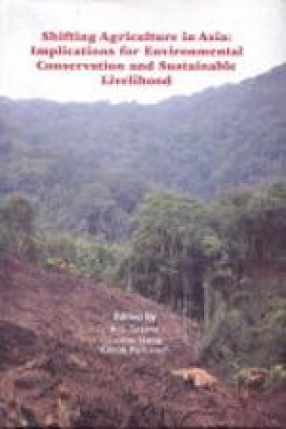
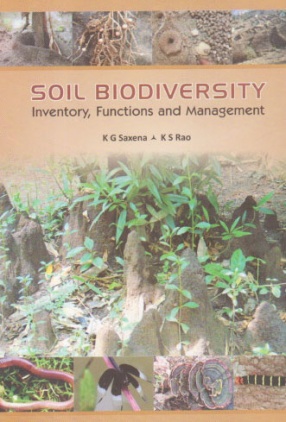
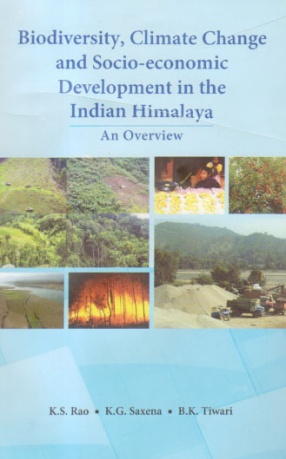
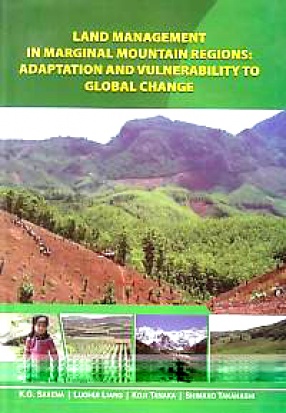
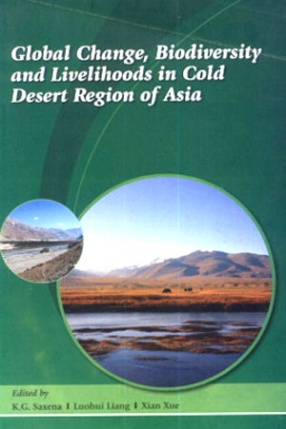
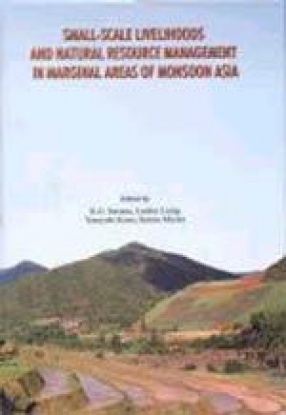
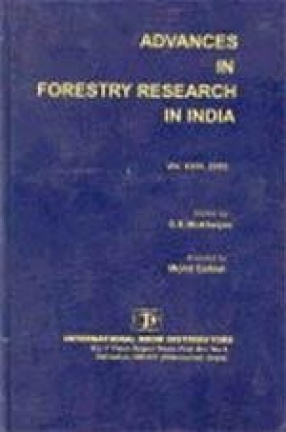
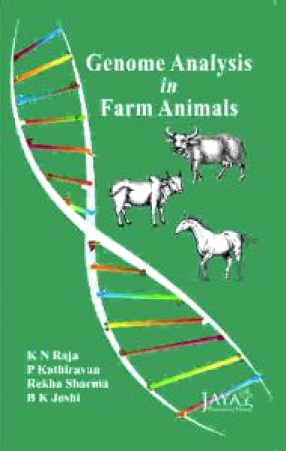
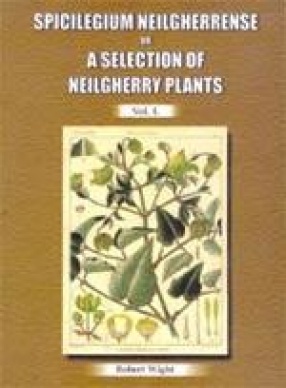
There are no reviews yet.